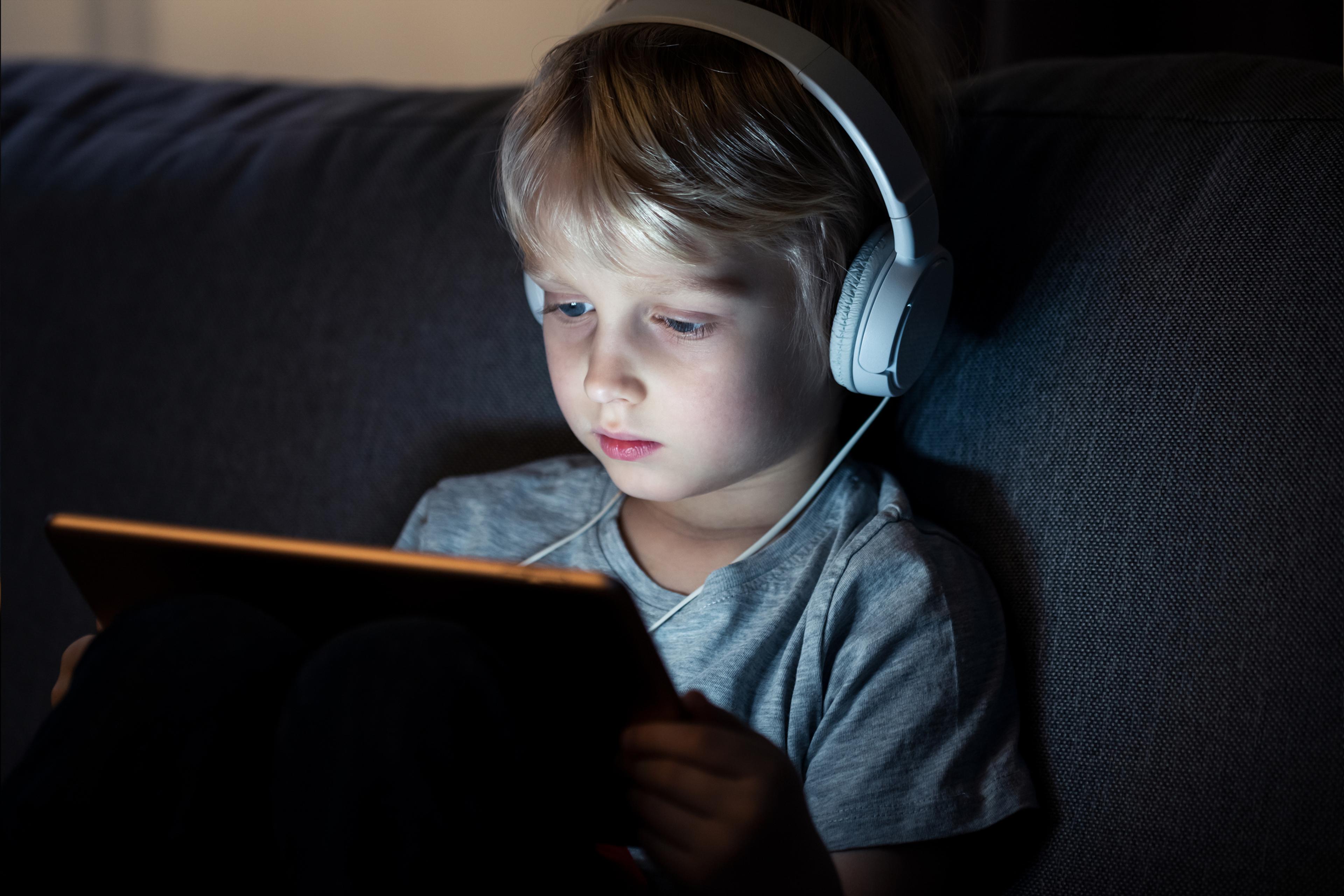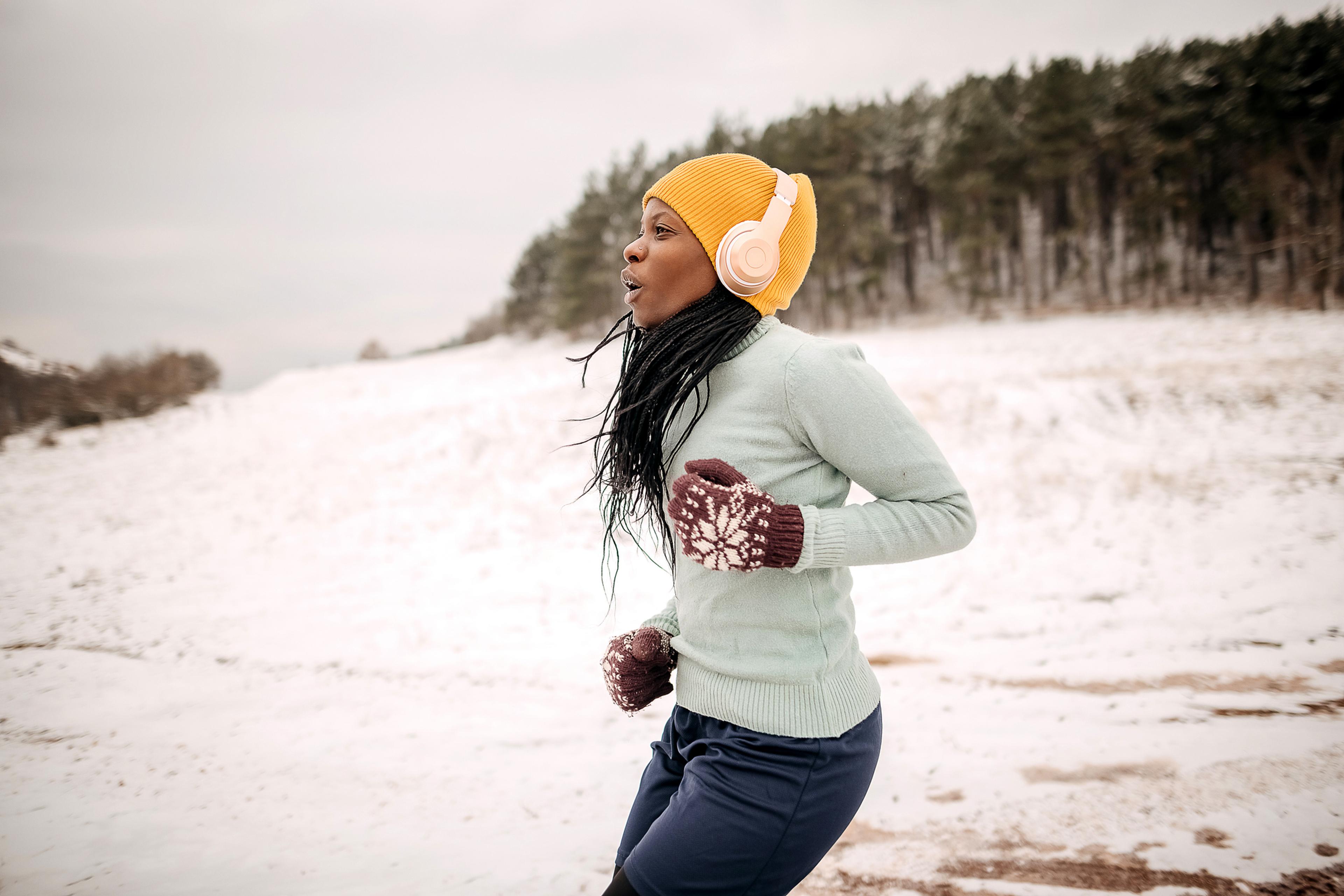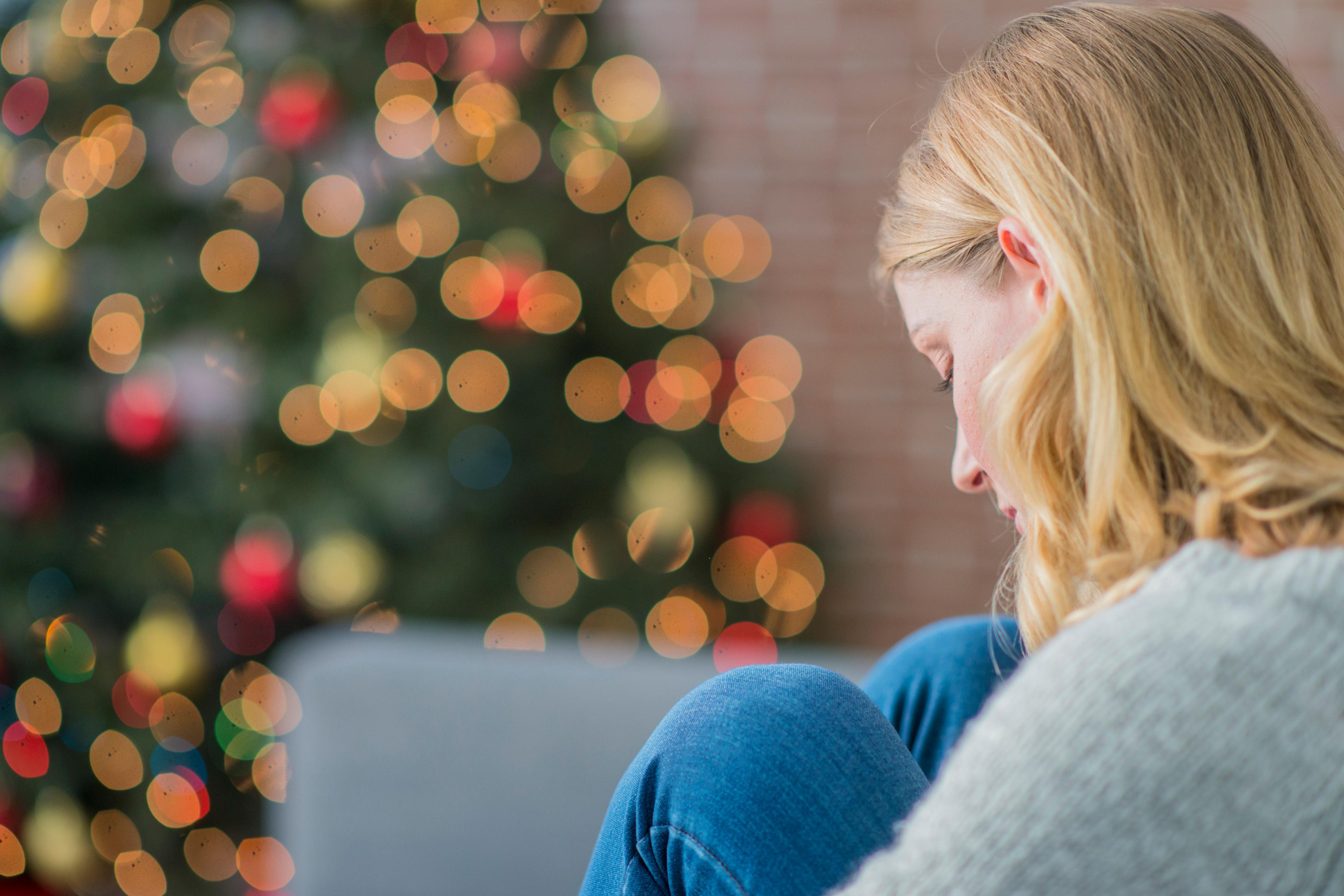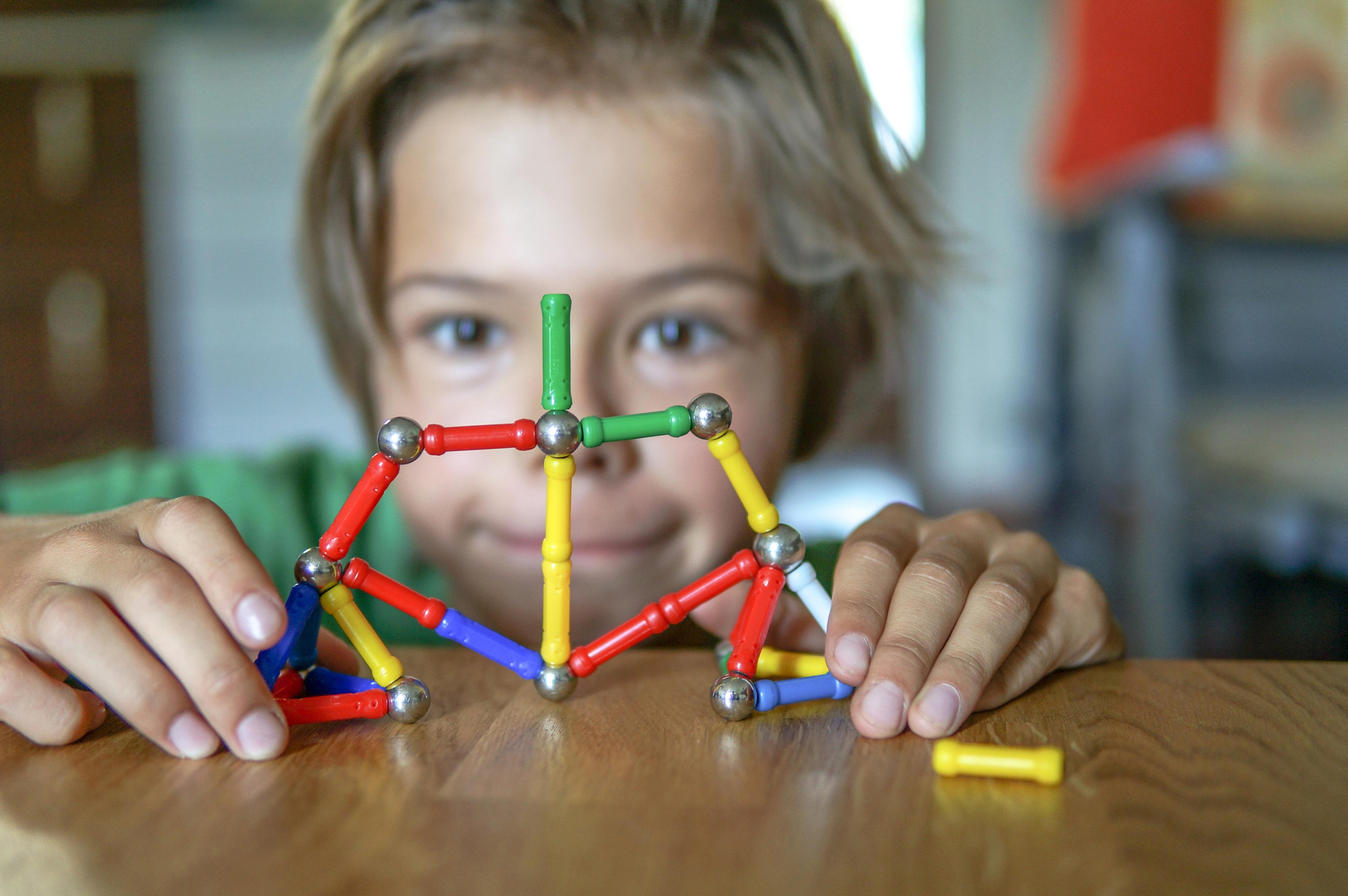What is a Happy Light?
Jake Newby
| 3 min read
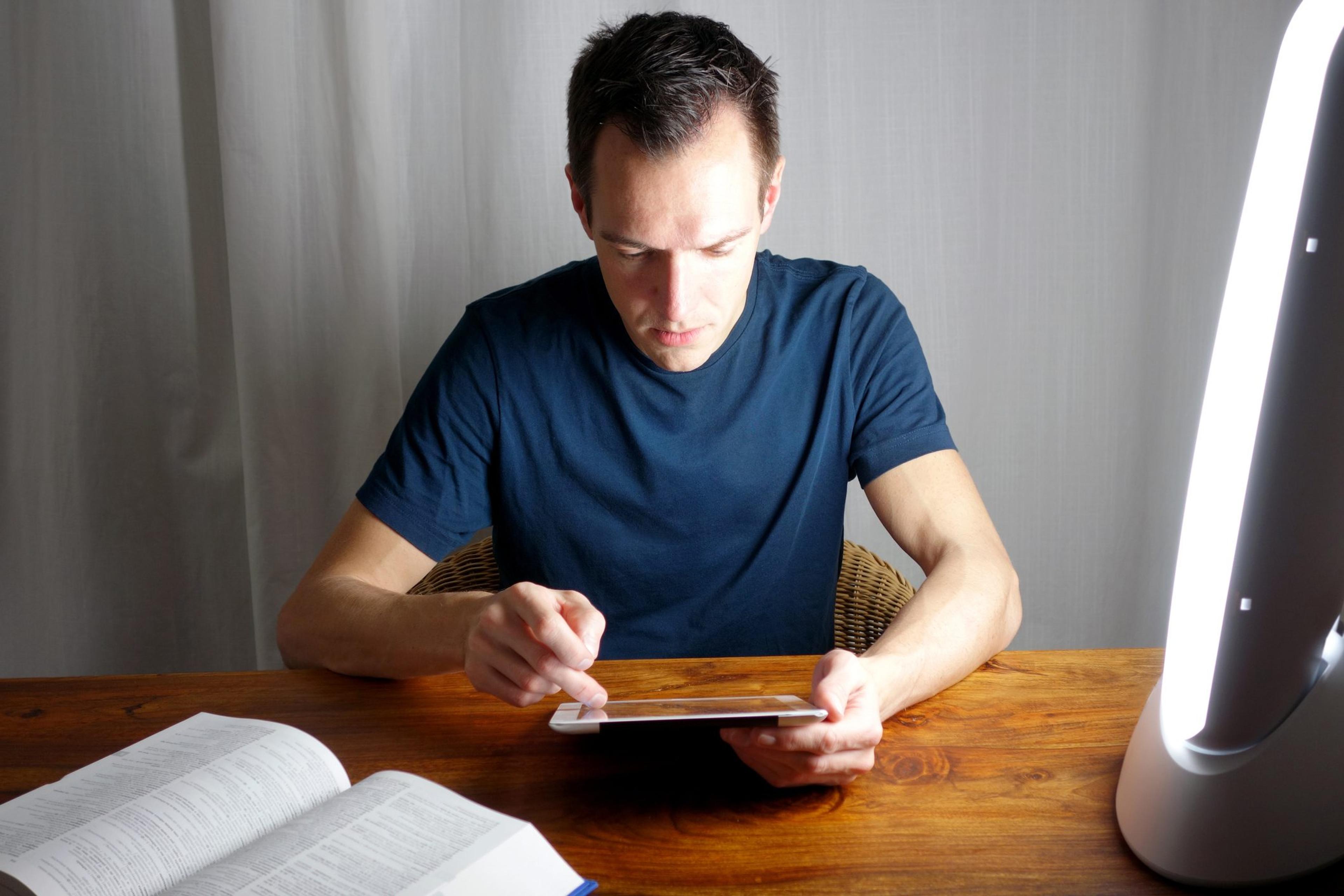
When sunlight gets harder to come by in the winter months, some people looking to stave off the winter blues may turn to light therapy lamps. They are also known as light boxes and happy lights.
Seasonal Affective Disorder (SAD) – sometimes known as Seasonal Mood Disorder – is a form of depression related to changes in seasons. It most notably sets in when days get shorter during the fall and winter.
SAD can make people feel sluggish, depressed, and low on energy, while affecting their appetite and sleep schedule. Happy light therapy works to nullify those symptoms. Here's everything you need to know.
What is a happy light?
Happy lights and happy lamps are designed to deliver a therapeutic dose of bright light to treat symptoms of SAD, according to the Mayo Clinic.
These light therapy boxes mimics outdoor light. Resembling a tablet, they typically weigh no more than a couple of pounds. Happy lights are designed to reset your internal clock and make your body think it is absorbing the kind of intense light a household light typically can't provide.
Consider happy light features like portability, horizontal and vertical placement versatility, cord length, brightness settings and noise level. Many popular light therapy box products start at $40.
Do happy lights work?
Light therapy boxes aren't regulated by the Food and Drug Administration for SAD treatment, so it's important to understand your options and discuss the topic with your primary care provider (PCP) before buying.
If you have bipolar disorder, increasing the exposure of a happy light too fast or using it for an extended period in one sitting could trigger manic symptoms.
You don’t need a prescription to buy a happy light, but getting a medical opinion can help you find the happy light that is right for you, if it is an advisable option at all. Discussing light therapy with your PCP can help you minimize potential side effects, like eyestrains, nausea, irritability or headaches. They may also recommend light therapy as part of a combined treatment method for SAD.
According to the Mayo Clinic, happy lights and light therapy can increase the effectiveness of antidepressant medication or mental health counseling. In some cases, they can allow you to take a lower dose of antidepressant medication.
Happy lights use full spectrum white lights void of any UV radiation, so if you have psoriasis or take medications that increase your sensitivity to light, you should still be safe to use these products.
How to use a happy light
Light intensity, timing and duration are the three key elements to consider when measuring a happy light’s level of effectiveness. The intensity of the light box is recorded in lux, which is a measure of the amount of light you receive.
For SAD, the typical recommendation is to use a 10,000-lux light that is about 16 to 24 inches away from your face. With a 10,000-lux light box, light therapy typically involves daily sessions of about 20 to 30 minutes, while a lower-intensity light box, such as 2,500 lux, may require longer sessions.
Light therapy sessions are typically most effective in the morning, according to a National Library of Medicine study. But whichever time of day you and your doctor choose, you should meticulously stick to undergoing light therapy at the same time every day for the best results.
You can combat SAD in natural ways, too. Plenty of exercise, a healthy diet and consistent, quality sleep are the best ways to do that. Try going to bed and waking up at the same time each night, including on weekends. Click here for more sleep hygiene tips.
Related:
Photo credit: Getty Images

